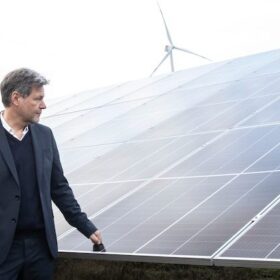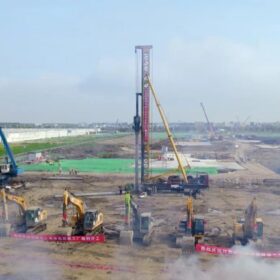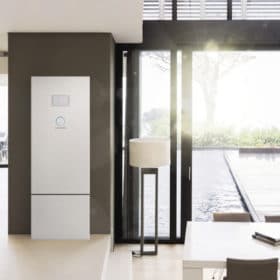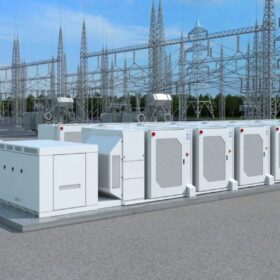The Hydrogen Stream: German government adopts import strategy to create investment security
A new hydrogen import strategy is expected to make Germany better prepared for increasing demand in the medium and long term. The Netherlands, meanwhile, saw its hydrogen market grow considerably across supply and demand between October and April.
EWEC issues requests for proposals for 400 MW BESS project
The UAE’s Emirates Water and Electricity Company (EWEC) says 27 companies and consortiums that expressed interest in developing the project qualified for this stage of the tender.
India allocates 630 MW of renewables-plus-storage capacity at average price of $0.059 /kWh
The winning developers will set up renewable energy projects backed with energy storage system to supply a cumulative 630 MW of firm and dispatchable renewable power in a demand-following manner.
Tesla continues scaling up energy storage business in China
The announcement of Tesla’s battery factory in Shanghai marked the company’s entry into the Chinese market. Amy Zhang, analyst at InfoLink Consulting, looks at what this move could bring for the US battery storage maker and the broader Chinese market.
Poland launches tender for 263 MW/900 MWh battery storage system
Polish utility PGE Group has launched a tender for the design and construction of a battery storage facility with a minimum capacity of at least 900 MWh. Meanwhile, Ukraine’s DTEK has completed the acqusition of a 532 MWh battery storage project in southern Poland.
Safe, long-cyclable lithium metal battery for high temperatures
A research team at the University of Hong Kong (HKU) has developed a new generation of lithium metal batteries, representing a significant advancement in the field. The innovation centers on microcrack-free polymer electrolytes, which promise extended lifespan and enhanced safety at temperatures as high as 100 degrees Celsius.
SJVN secures 2.4 GW pumped storage project in India
Indian hydropower provider SJVN said the pumped hydro storage project will be deployed across Darzo Nallah, a tributary of the Tuipui River.
How long do residential solar batteries last?
Multiple factors affect lifespan of a residential battery energy storage system. We examine the life of batteries in Part 3 of our series.
Winter weather highlights bigger role for batteries in Australia
Australia’s energy market operator says that batteries are increasingly supporting demand peaks in the National Electricity Market (NEM). Average generation during these periods has more than doubled since the same time last year.
SSE Renewables plans 37 GWh pumped storage project in Scotland
As the UK awaits the outcome of the proposed Cap & Floor mechanism for long duration storage project, the pipeline of proposed pumped hydro storage projects is progressively growing.










